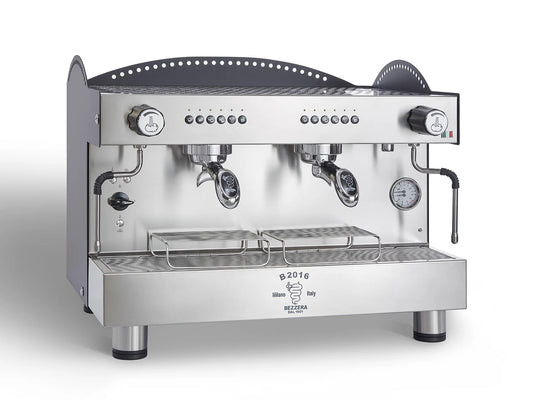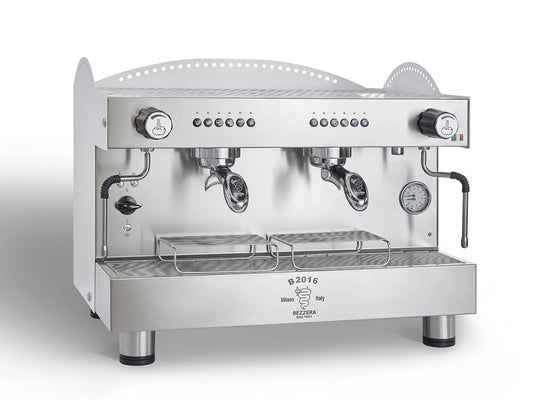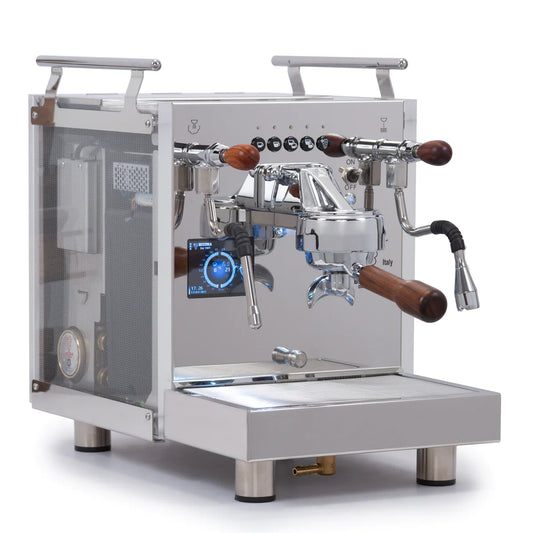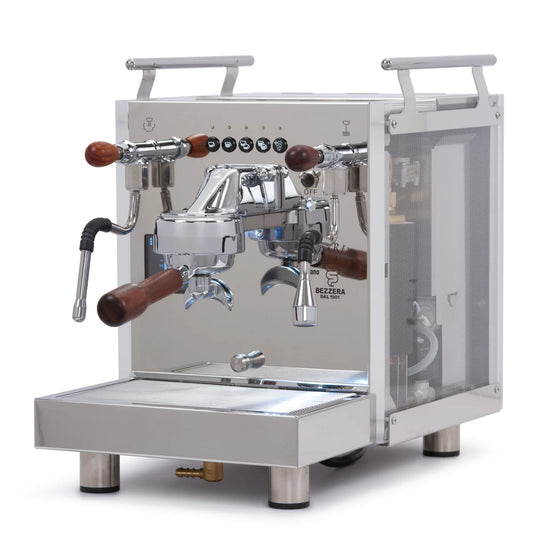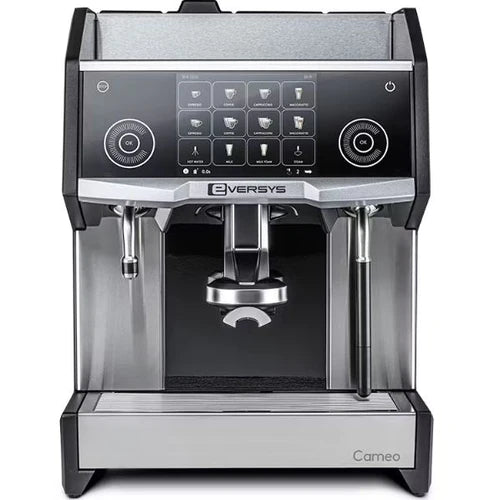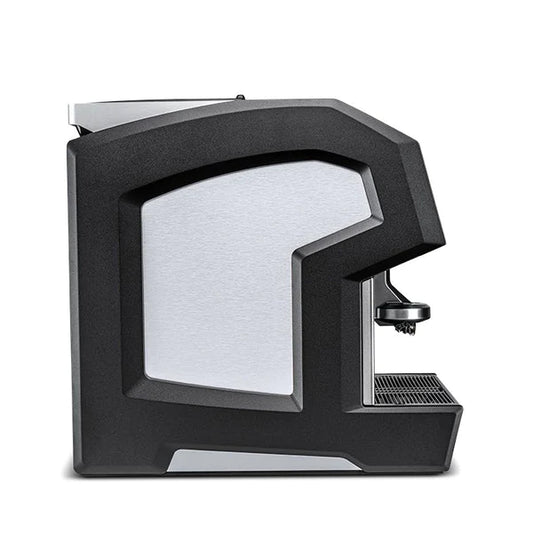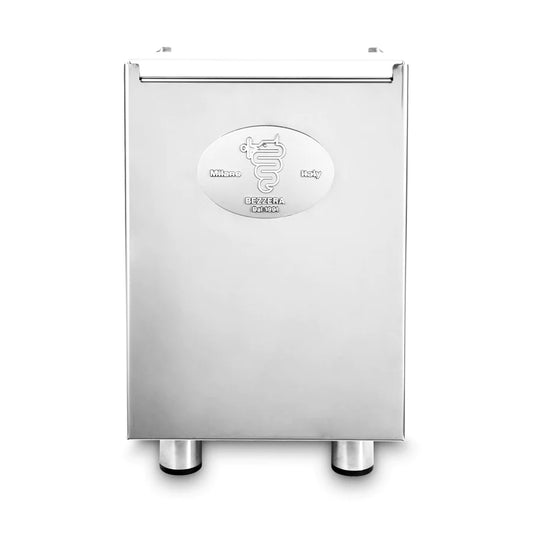Mastering Cold Brew: A Comprehensive Guide to the Perfect Cup
Table of Contents
- Key Highlights:
- Introduction
- Understanding Cold Brew: The Basics
- The Cold Brew Process: Six Easy Steps
- Enhancing Your Cold Brew Experience
- Cold Brew Trends to Watch
Key Highlights:
- Cold brew coffee, distinct from iced coffee, is brewed by steeping coarsely ground coffee in cold water for 12 to 24 hours, resulting in a smoother, less bitter taste.
- The ideal coffee-to-water ratio for cold brew is 1:8, specifically about 44 grams of coffee to 350ml of water.
- Following a six-step process, including correct grinding and steeping techniques, can elevate your cold brew experience significantly.
Introduction
As temperatures rise, coffee enthusiasts are increasingly seeking refreshing alternatives to their traditional brews. Unlike iced coffee—which is brewed hot and then cooled—cold brew offers a unique preparation method that results in a distinctly smooth flavor profile. The 2025 summer has already brought record heat, driving coffee aficionados toward this chilled beverage, which offers a vibrant taste and extra caffeine kick. To help you navigate the craft of cold brewing, we consulted Jack Ellis, Barista Trainer at Cafédirect, who provided insight into mastering this popular coffee method. Throughout this detailed guide, you’ll learn essential tips and step-by-step techniques to prepare the ultimate cold brew in your own kitchen.
Understanding Cold Brew: The Basics
Cold brew coffee stands apart from other coffee preparations due to its unique brewing process, steeping coarsely ground coffee in cold water over an extended period. This method allows for slower extraction, which results in a markedly different flavor profile. The outcome is a mellow, nuanced taste that minimizes bitterness, making it an appealing choice for those sensitive to the sharp notes often found in traditional hot brews.
Cold Brew vs. Iced Coffee: Clarifying the Difference
The terms "cold brew" and "iced coffee" are often confused, but they represent two distinct beverages. Iced coffee is typically brewed with hot water and then cooled with ice, while cold brew relies solely on cold water for an extended steeping period. This difference in method leads to variations in flavor and caffeine content. Cold brew typically contains more caffeine due to the longer extraction time, providing an effective pick-me-up without the bitterness.
The Appeal of Cold Brew Coffee
Cold brew’s popularity can be attributed to its smooth texture, sweet notes, and refreshing nature—qualities that are highly desirable during the sweltering summer months. Additionally, its versatility allows for an array of creative additions. Whether you prefer it black, or with a splash of milk or sweetener, cold brew can be tailored to suit individual tastes, making it a perfect candidate for home experimentation.
The Cold Brew Process: Six Easy Steps
Creating the perfect cold brew is a systematic process that involves a few crucial steps. Following each suggested phase precisely can ensure consistent results and a satisfying coffee experience.
Step One: Pick the Right Blend
Choosing the right coffee beans is foundational to the cold brewing process. Instead of opting for pre-ground coffee, consider investing in whole beans. Freshness is crucial; grinding your beans just before brewing amplifies the flavor of your cold brew. Aim for a coarse grind, resembling kosher salt, which facilitates slow extraction and prevents over-extraction and bitterness.
Step Two: Get Your Ratio Right
Achieving the correct coffee-to-water ratio is critical for flavor balance. A common recommendation is a 1:8 ratio, which translates to approximately 44 grams of freshly ground coffee to 350ml of water. This proportion achieves a robust flavor without being overpowering, ensuring a well-rounded brew. Experimentation is encouraged—try adjusting the ratio slightly based on your preference for a stronger or milder cup.
Step Three: Saturate and Stir
Once your coffee is ground, the next step involves combining the coffee with water effectively. Using a French press, add the coffee grounds before slowly pouring cold water in a circular motion. This method helps to evenly saturate all the coffee and ensures a uniform extraction process. Following this, a gentle stir is recommended to incorporate all elements before steeping.
Step Four: The Steep
Steeping is where the magic happens. Allow your coffee to infuse for 12 to 24 hours; the longer it steeps, the bolder the flavor. You can steep at room temperature or in the refrigerator based on personal preference. For novice brewers, starting with 12 hours will provide a baseline flavor. Make sure to set a timer to avoid oversteeping, which can result in undesirable bitterness.
Step Five: Slow and Steady Plunge
After the steeping period, it’s time to filter the coffee. Slowly press the plunger down in your French press to separate the grounds from the liquid. Taking your time during this process is crucial, as rushing can disturb the sediment, leading to a bitter taste. After pressing, allow the coffee to rest for a few minutes to settle. If straining with a sieve, running the cold brew through twice can ensure added clarity.
Step Six: Enjoy!
Your cold brew is now ready to savor. You can indulge in it straight or pour it over ice for a revitalizing burst. For those wanting something richer, consider adding your favorite milk or a milk alternative. Sweeteners, like syrups, can also enhance the flavor experience—15 to 30ml usually suffices for a delightful twist. Any remaining cold brew can be stored in the refrigerator for up to three days.
Enhancing Your Cold Brew Experience
Once you’ve mastered the basic cold brew technique, the journey doesn’t end there. There’s a whole world of flavor profiles and preparations waiting to be explored.
Infusions and Flavor Additions
Experimenting with infusions can yield exciting and unique flavor combinations. Consider adding spices such as cinnamon or nutmeg either during the steeping process or as a garnish. Vanilla extract, cocoa powder, or even a splash of coconut milk can also turn your cold brew into a gourmet treat.
Seasonal Variations
Seasonality offers an opportunity to change things up. In the fall, for instance, you might want to try pumpkin spice cold brew by incorporating pumpkin puree and spices into your mix. During festivals, adding flavors like peppermint can transform your regular brew into a holiday favorite.
Presentation Techniques
Cold brew doesn’t just taste good; it can look fantastic as well. Invest in beautiful glassware to serve your cold brew, enhance the visual appeal with ice cubes made from coffee or flavored liquids, or add garnishes like whipped cream, chocolate shavings, or fresh mint leaves for an enticing presentation.
Technology and Tools
While traditional brewing methods are effective, the rise of technology has introduced gadgets that can enhance your cold brew experience. Dedicated cold brew coffee makers simplify the extraction process and help maintain the right conditions for optimal steeping. If you frequently make cold brew, such machines can be invaluable in ensuring consistency.
Cold Brew Trends to Watch
With the growing popularity of cold brew coffee, various trends have emerged in the coffee culture. Staying informed about these trends can enhance both your brewing skills and enjoyment of cold brew.
Ready-to-Drink Cold Brew
The market for ready-to-drink cold brew products has skyrocketed, with various brands offering prepackaged solutions for convenience. While these can be handy, many don’t match the quality or flavor of freshly brewed cold brew. As a coffee enthusiast, understanding the differences may help you appreciate the craftsmanship involved in home brewing.
Cold Brew Cocktails
Another trend on the rise is cold brew cocktails, blending coffee with spirits for a unique twist. Cold brew coffee pairs exceptionally well with whiskey, making for an intriguing drink that merges the best of both worlds. Experimentation with different spirit pairings can yield delicious results.
Sustainability Practices
Environmentally-conscious coffee drinkers are seeking cold brew options that align with sustainability practices. This includes sourcing beans from fair trade or organic producers, as well as exploring cold brew methods that reduce waste, like using reusable coffee filters. By making informed choices, coffee lovers can enjoy their brews without compromising their values.
FAQ
What type of coffee beans are best for cold brew?
Opt for low-acidity beans that are fresh and ideally suited for cold extraction. Experimenting with different blends will help you find the specific flavor profile that appeals to your taste.
How long can I store cold brew in the fridge?
Cold brew can be stored in the refrigerator for up to three days. After that, the flavor may start to degrade, impacting your coffee experience.
Can I sweeten my cold brew?
Absolutely! Cold brew is versatile, and sweeteners come in many forms, including syrups, honey, or natural sweeteners. Add according to your preference to enhance the flavor.
Is cold brew healthy?
When consumed in moderation, cold brew can be a part of a healthy diet. It’s lower in acidity than hot coffee, which can be advantageous for those with sensitive stomachs.
How do I know if my cold brew is over-extracted?
Brew that tastes overly bitter or harsh usually indicates over-extraction. Keeping an eye on steeping time and adhering to the recommended coffee-to-water ratio will help maintain the right flavor balance.
By mastering the art of cold brewing and experimenting with various flavors and techniques, you can enjoy a refreshing beverage that perfectly complements the summer season or any time of the year. So grab your beans, a grinder, and follow these steps to elevate your cold brew experience to new heights.

